When it comes to putting, the smallest details can make the biggest difference. While most golfers obsess over putter head shapes, alignment aids, and inserts, one component often flies under the radar: the putter hosel. Yet this subtle part of your flatstick plays a crucial role in how the club feels, performs, and fits your stroke. Add to that the rise of zero torque putters — a new frontier in face control — and you have a recipe for next-level putting performance.
So, what exactly do hosels and torque have to do with making more putts? Let’s dive into the science and subtlety of these game-changers.
What Is a Putter Hosel — and Why It Matters
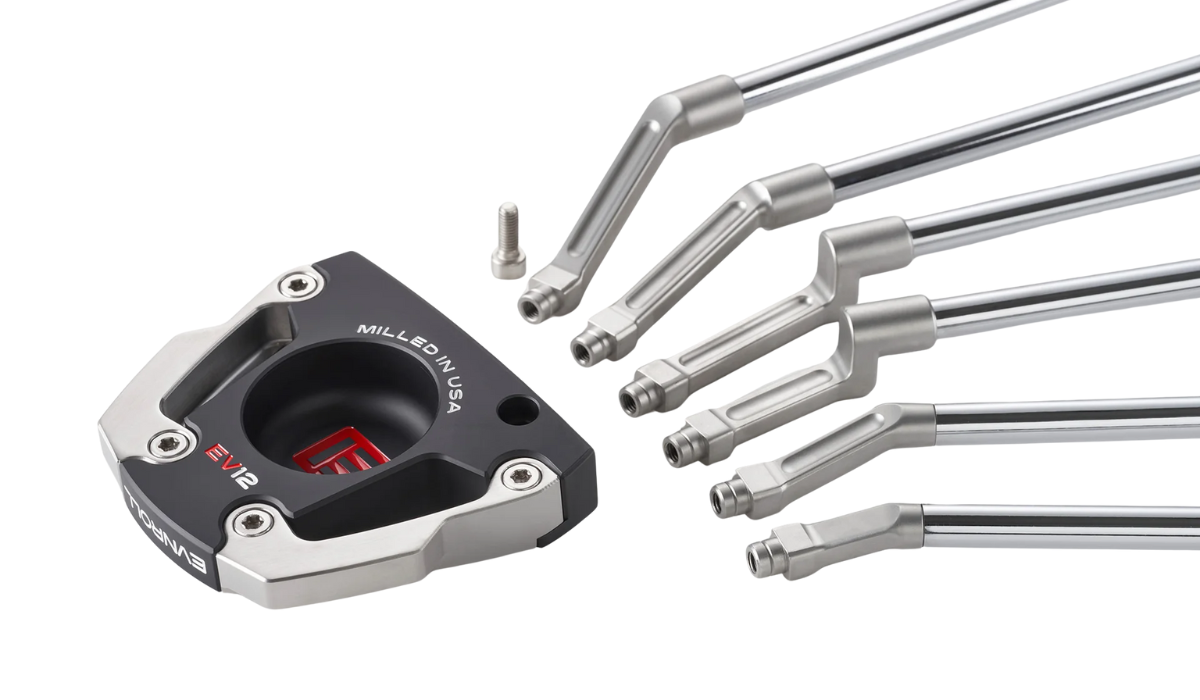
The hosel is the part of the putter where the shaft connects to the head. It may seem like a minor design element, but this connection point deeply influences a putter’s toe hang, offset, visual alignment, and most importantly, how it responds to your stroke path.
There are several types of hosel configurations, each creating different dynamics:
- Plumber’s Neck: Perhaps the most common, this hosel features a 90-degree bend that adds offset and suits players with a slight arc in their stroke.
- Slant Neck: Offers some toe hang with minimal offset, often preferred by players who want a blend of arc and face control.
- Flow Neck: Smoothly curved and often found in blade-style putters, it creates more toe hang for players with a strong arc.
- Double Bend: Designed to reduce or eliminate toe hang, perfect for straight-back, straight-through strokes.
- Center Shafted: The shaft enters the head near the center, promoting a face-balanced design ideal for minimal arc strokes.
These hosel designs alter the putter’s face rotation during the stroke. In essence, the hosel is like the steering wheel of your putter — it directs how the head opens and closes relative to the path.
The Science of Torque: Why It Matters in Putting
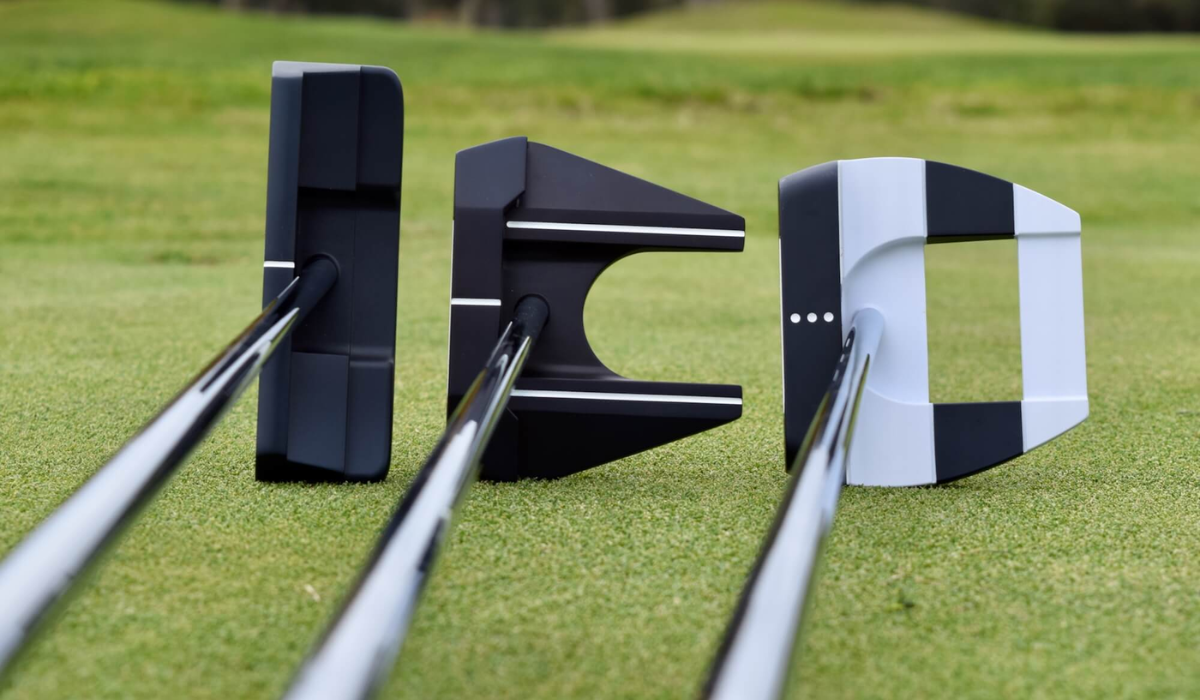

In simple terms, torque refers to the twisting force applied to an object. In putting, torque occurs when the face of the putter resists your stroke’s natural path due to inertia. This often results in the putter face opening or closing unintentionally — especially on off-center hits.
Traditional putters — especially those with hosel offsets and toe hang — generate torque during the stroke. While that might suit certain stroke types, it also introduces variability. That’s where zero torque putters come into play.
Zero Torque Putters: A New Era of Face Control
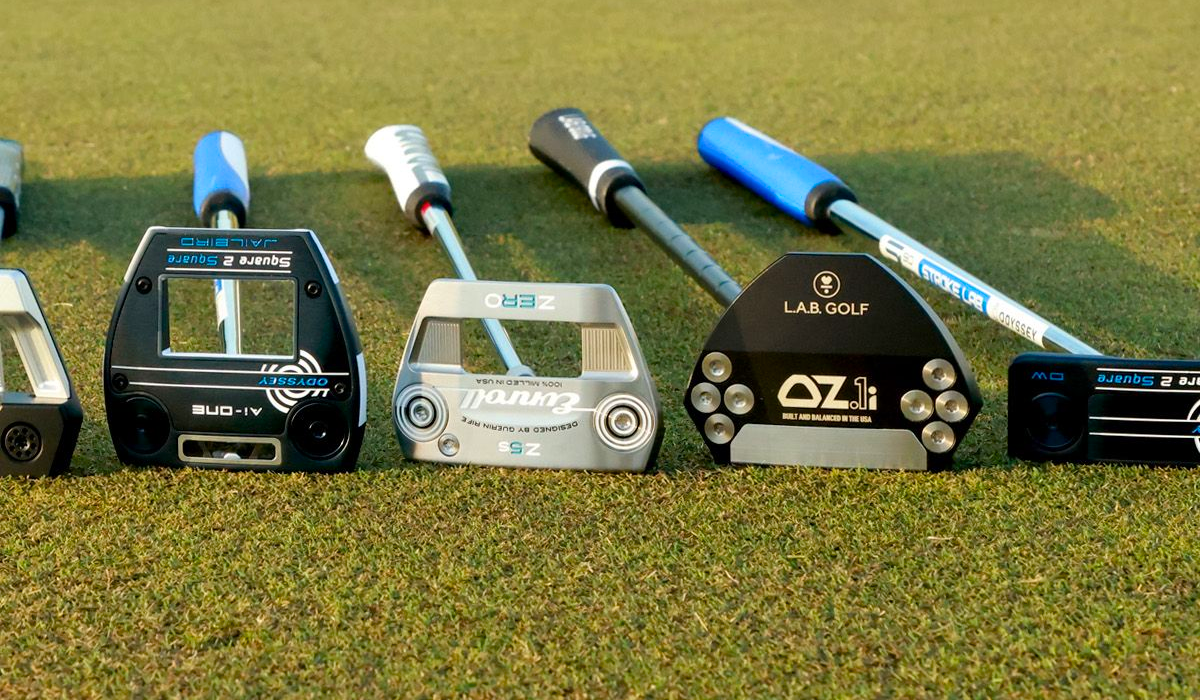

Zero torque putters, also known as torque-free or face-balanced at impact designs, aim to eliminate the twisting forces acting on the face. These putters are engineered so the face stays square to the stroke path, regardless of tempo, arc, or strike location. The goal is simple: reduce variables and increase consistency.
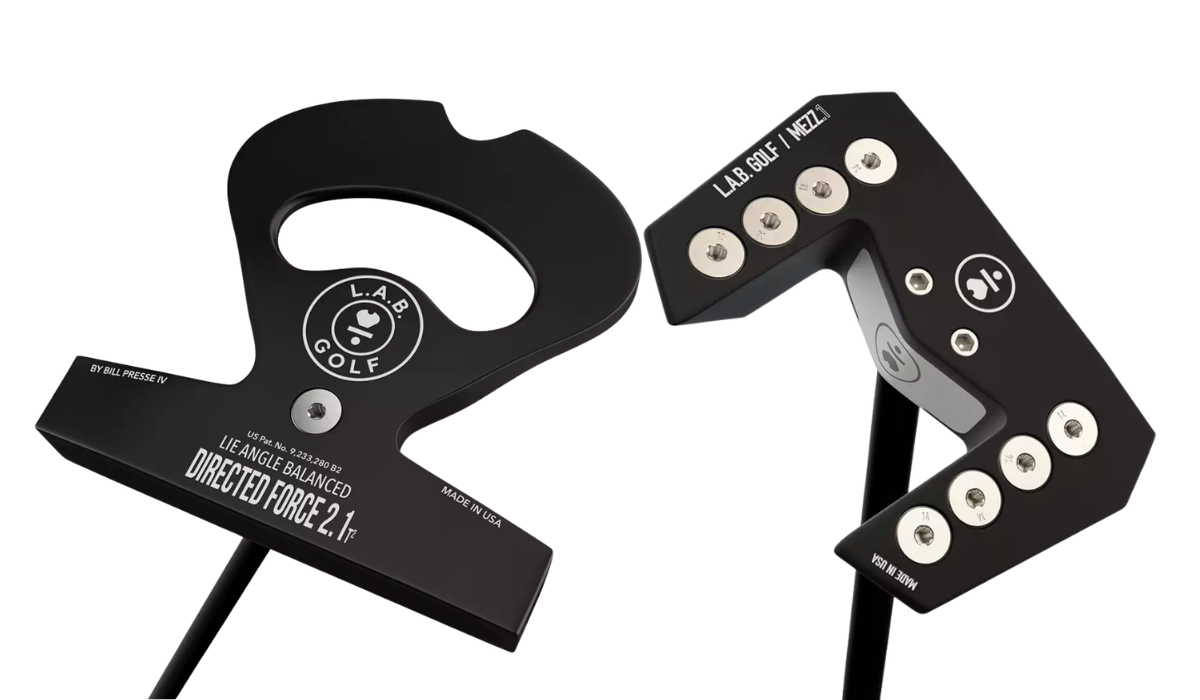

One of the pioneers in this category is L.A.B. Golf (Lie Angle Balance). Their putters — like the Directed Force and Mezz.1 — are designed using precise weight distribution and shaft axis manipulation to neutralise torque. Unlike traditional face-balanced putters, which are only balanced when stationary, L.A.B. putters remain square throughout the stroke.
How do they do it? Aligning the center of mass with the axis of the shaft, an engineering feat that requires intense balance calibration. The result is a putter that doesn’t fight your hands or introduce unwanted face rotation.
Hosel Design vs. Torque Control: A New Way to Fit Your Putter
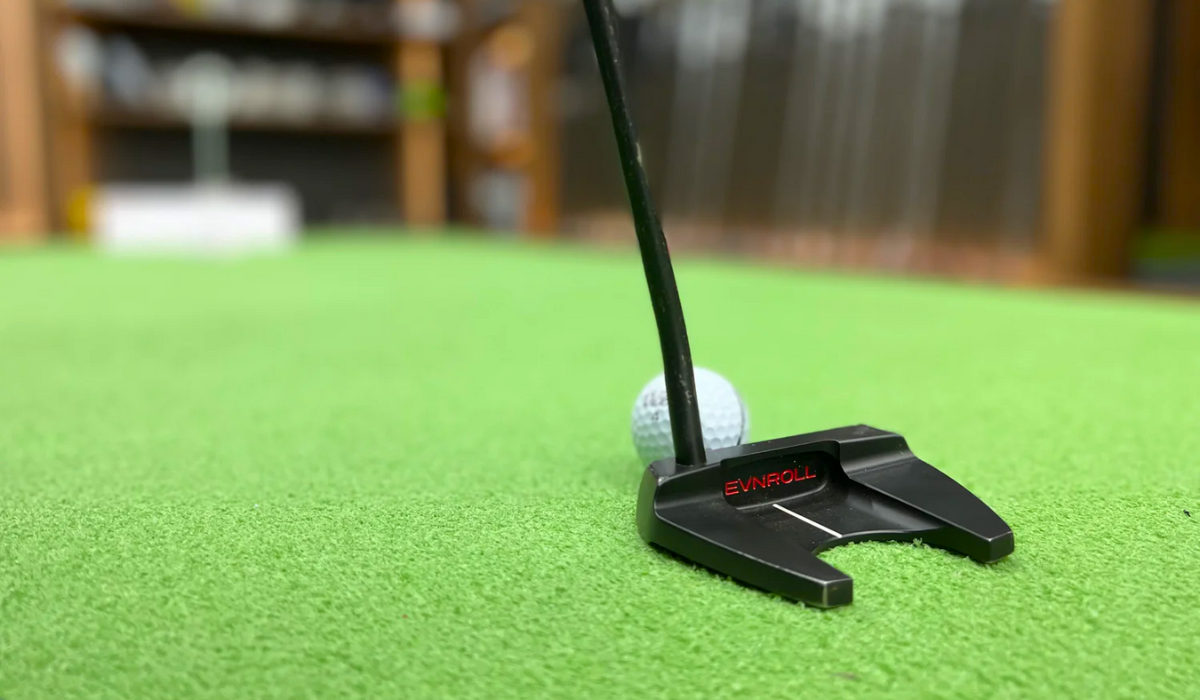

Traditionally, golfers were fit based on stroke arc: a strong arc equals more toe hang; a straight stroke equals face-balanced. But the emergence of zero-torque designs challenges this paradigm. Instead of adapting the putter to your stroke, these putters aim to eliminate the flaws in your stroke altogether.
Still, hosel configuration and shaft entry remain crucial in how the putter feels and sets up to your eyes. Even among torque-free putters, options like slant necks, center shafts, or custom bends are offered to suit personal preferences for alignment, offset, and feel.
That said, not every golfer will benefit equally from zero torque technology. Some prefer the tactile feedback and natural rotation of traditional hosels. The key is to test and understand how each design affects your stroke — and your confidence.
Real-World Impact: Can Zero Torque Help You Sink More Putts?
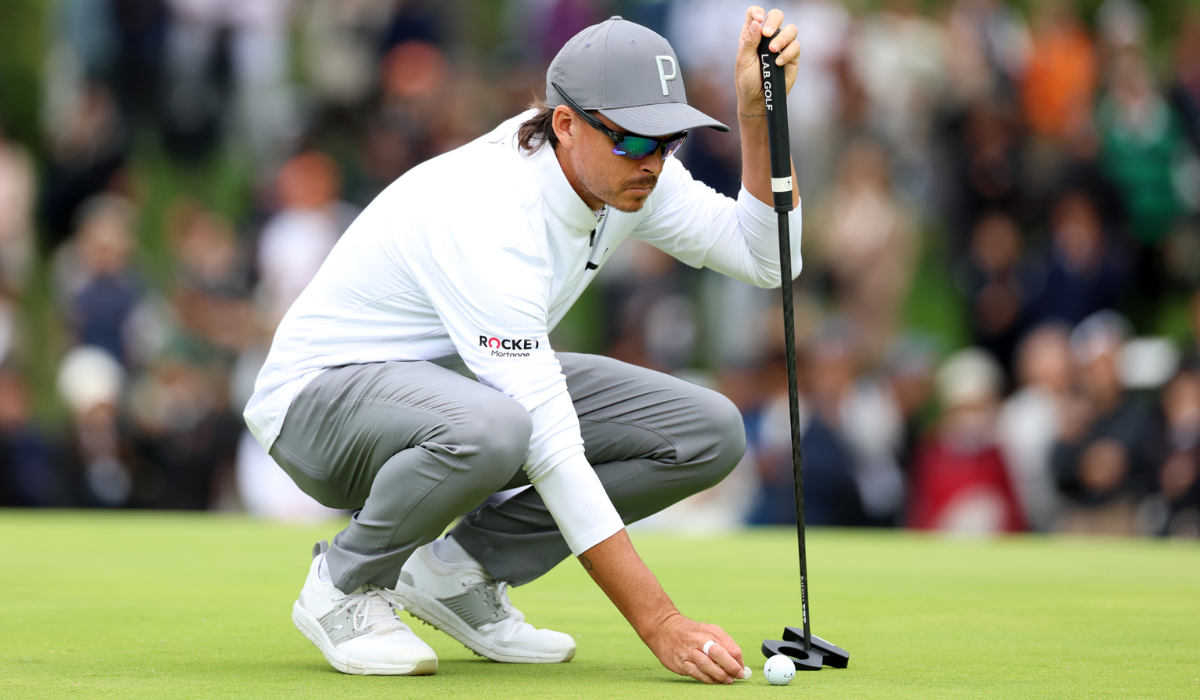

While zero torque putters might sound like a marketing gimmick, many players — amateurs and pros alike — report real gains in consistency, face control, and confidence. Especially for players who struggle with face rotation or mishits, the stability these putters offer can be game-changing.
In tests, zero torque putters tend to:
- Reduce face angle variability at impact
- Improve start lines, especially on short putts
- Enhance distance control by promoting consistent contact
- Minimise “yips” or hand-twisting under pressure
However, the feel can take some getting used to. Because the putter face doesn’t twist naturally, it may initially feel like it’s on rails. Some players love that; others find it restrictive. Like any equipment change, it requires testing and adaptation.
The Future of Putter Design Is Here
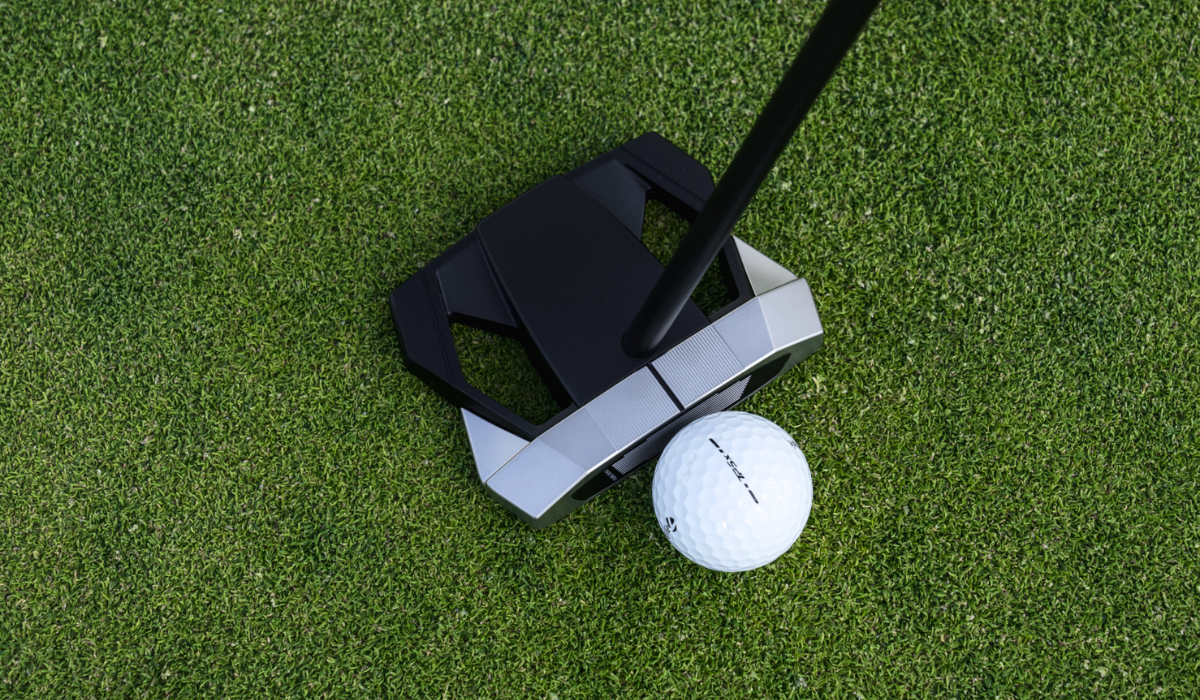

The convergence of hosel science and torque elimination is giving golfers more tools than ever to improve their putting. Whether you’re a purist who prefers a flowing plumber’s neck blade, or a tech-forward player ready to embrace torque-free innovation, understanding these components will help you choose the right putter for your game.
Remember: Putting isn’t just about feel — it’s about face angle, path, and contact. And with the right hosel and zero torque design, you might just make more putts without changing your stroke at all.
Interested in trying a zero torque putter? Start with a proper fitting — or test a L.A.B. Golf model alongside your current gamer. You may be surprised how much difference a little torque makes.
Let the hosel lead the way — and let the putts drop.
The Return of Ben Hogan Golf Clubs: An Honest Review
Mastering the Greens: How to Improve Your Putting Game


